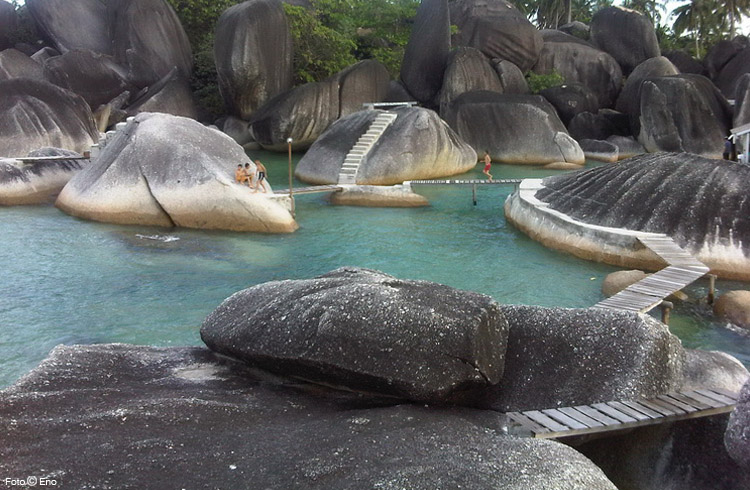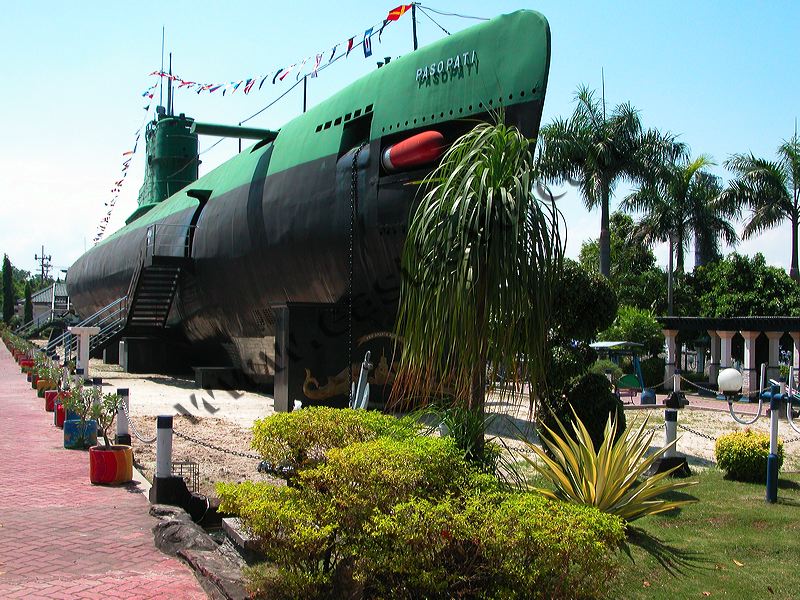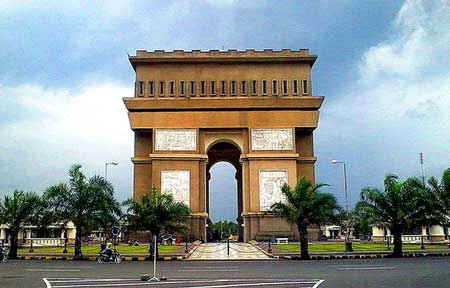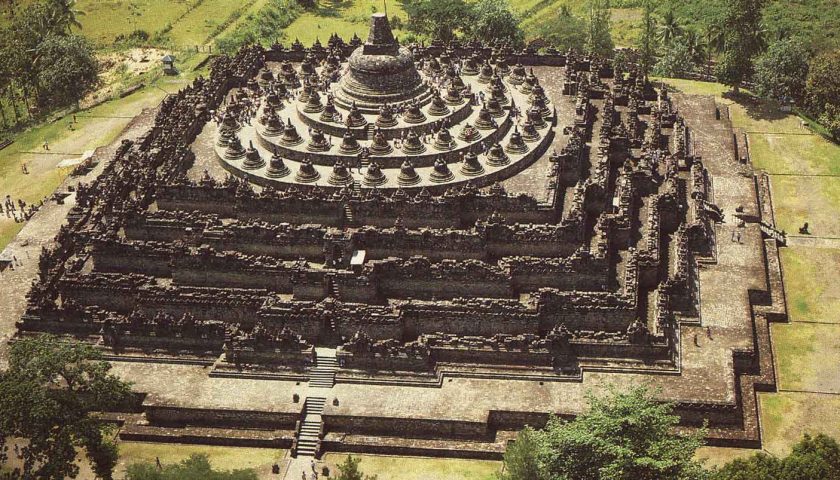Sangiran Primordia Man Site
The Sangiran Primordial Man Site is a center for ancient human fossils that UNESCO designated as a World Heritage Site in 1996. This site holds a lot of fossils that have a profound impact on science. With an area of up to 56 square kilometers, the location of the Sangiran Site is in Sragen, Central Java.
Lorentz National Park
Located in Papua, the largest national park in Southeast Asia was designated a World Heritage Site in 1999. Covering an area of 2.4 million hectares, Lorentz National Park is home to an abundance of unique and protected flora and fauna. This national park is also one of the hiking routes to the Carstensz Peak, Mount Jaya Wijaya.
Sumatra Tropical Rain Forest
The Sumatra Tropical Rainforest was designated as a World Heritage Site by UNESCO in 2004 because it was feared that it would become the target of land development, illegal logging and road construction. The Sumatra Tropical Rainforest consists of three national parks: Bukit Barisan Selatan National Park, Gunung Leuser National Park, and Kerinci Seblat National Park.
Subak Cultural Landscape
The beauty of the rice field irrigation system in Bali named Subak made UNESCO designate it as a World Heritage Site in 2012. The area of the Subak Cultural Landscape is around 20,000 hectares which can be found in five districts; Badung, Bangli, Gianyar, Buleleng, and Tabanan.
Ombilin Coal Mine
In 2019, another Indonesian tourist spot that recognized by UNESCO as a World Heritage Site is the Ombilin Coal Mine, an underground coal mine located in Sawahlunto, West Sumatra. This coal mine was chosen because it is a silent witness to an important stage in the history of humanity.
–sh





